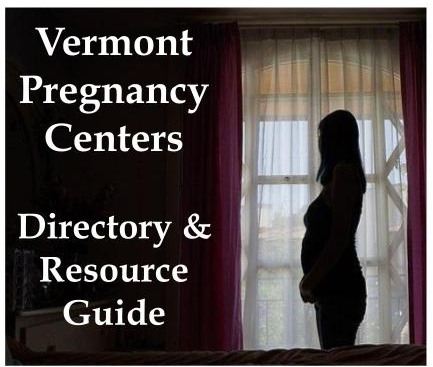The health costs of flavored nicotine products far outweigh the tax revenues generated.

by Dr. Prospero B. Gogo, Jr., MD
The Vermont Legislature passed S.18 and soon the bill will make its way to the desk of Governor Scott.
What is the aim of S.18? By banning the sale of addictive flavored products containing nicotine, such as vapes and menthol-flavored cigarettes, the bill will, in short,
save money,
save lives,
and prevent suffering.
While acknowledging the latter two results, the Governor has expressed some hesitancy regarding whether the bill will save money. The short-term cost to the state, in the form of lost tax revenue, may be as high as $12 million in the first year after it takes effect.
I will not belittle how important $12 million is to our state government with its relatively small budget. But compare this estimate to the actual cost to taxpayers each year for the treatment of preventable nicotine product-related illnesses, including heart attacks and cancers.
Let’s look at heart disease.
In my recent testimony to members of the Vermont House, I demonstrated that the low-end estimate of how much money was spent to treat coronary heart disease in hospitalized patients in one year at UVMMC was close to $35 million. According to data collected by the Vermont Department of Health, more than half of Vermonters who carry the diagnosis of coronary heart disease are also current or former smokers.
Another analysis showed that tobacco-associated cancer costs the state’s health insurance payors (and inevitably its citizens) $188 million each year. That far exceeds the annual tobacco tax revenue of $75 million (the $12 million in lost tax revenue would come out of this sum in the form of decreased sales of menthol cigarettes and flavored vaping products).
Many of these diseases develop later in life driven by years of addiction to nicotine, and thus a lot of the health care cost savings will be delayed. But they’ll be huge. If we put together all the attributable health care costs related to tobacco abuse in Vermont, it may be as high as $400 million. How much will $400 million in cost savings be in 2045 dollars? Close to a billion?
We don’t have to wait until 2045 to see significant health care cost savings from this $12 million lost revenue, however. The VDOH recently reported that 16.8% of pregnant women in Vermont reported using tobacco products during their pregnancy, which is twice the national average. The use of tobacco products during pregnancy is associated with pre-term birth, miscarriage, impaired fertility, congenital malformations, and low birth weight, and is also linked with sudden infant death syndrome. These are near-term health problems occurring in young Vermont women and their babies not long after getting hooked on these harmful products. A flavor ban could make health benefits — and cost savings — evident in just a few years.
I hope that Governor Scott takes into consideration these savings, not only in dollars, but in the human costs of suffering and misery when contemplating putting his signature on S.18.
Dr. Gogo is a Professor of Medicine at UVM and a cardiologist with the University of Vermont Medical Center. He is a Burlington resident. He is also the Chair for State Advocacy with the Vermont Chapter of the American Heart Association.
Categories: Commentary, Health Care, Legislation, State Government








dr. gogo//// what about the cost of the covid kill shot causing heart attacks and blood clots////sounds like another cash cow for the medical mafia/// personally, you crooks belong in jail professor of medicine////////////
Nicotine is not a carcinogen, tobacco is. Many of these products do not contain tobacco. Want to address cardiovascular health? Quit feeding kids garbage at school through the socialist universal meals plan. Pizza available every day at my kids’ schools. Promote exercise and prioritize physical education classes that actually focus on exercise. Contrary to the narrative, gyms are not just for racist “white Christian nationalists”. Lastly, produce non-biased, study driven data that illuminates the decline in cardiovascular health since implementation of coercing the masses with a series of experimental injenctions that neither prevent transmission nor infection of an illness with a survivability rate of 99.87%
One bullet point the author neglected to mention in what this bill would do is set a precedent for the governmental restriction of freedoms. If this were to pass, what would stop them from prohibiting alcohol consumption, driving motorcycles, hunting in treestands or any other personal decision a citizen chooses to make deemed dangerous?
Thank you.
Its just so ironic that the state legalizes cannabis, is putting in heroin injection sites, Mountain Dew has alcoholic beverages in the has station, but nicotine pouches that have a mint flavor are being made illegal. It is an outrageous violation of liberty and freedom.
There is a difference between the way people of common sense and people of the left define and understand the concept of “harm reduction”. Folks on the left are motivated primarily by their own virtue signaling and not guided by objective analyses and outcomes. When someone travels a distance to avoid a ban or excessive taxation on a product, they will tend to over-purchase. When someone over-purchases and has a lot of said product on hand, especially a product that has addictive properties, they tend to over-consume. So, where is the harm reduction?